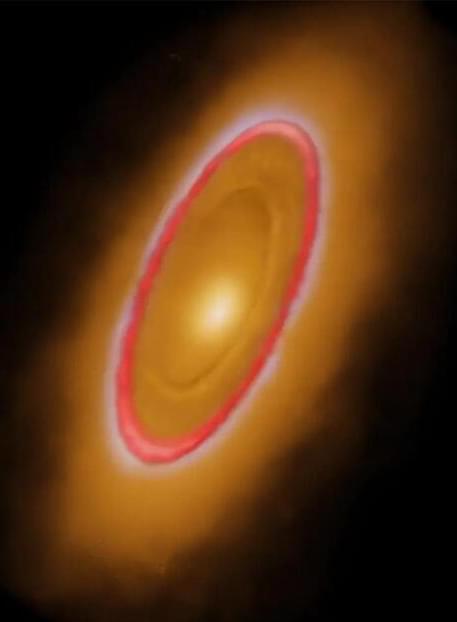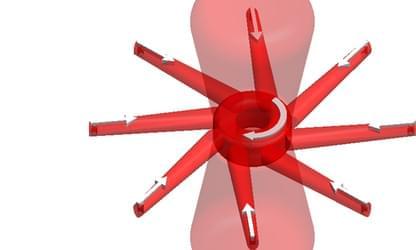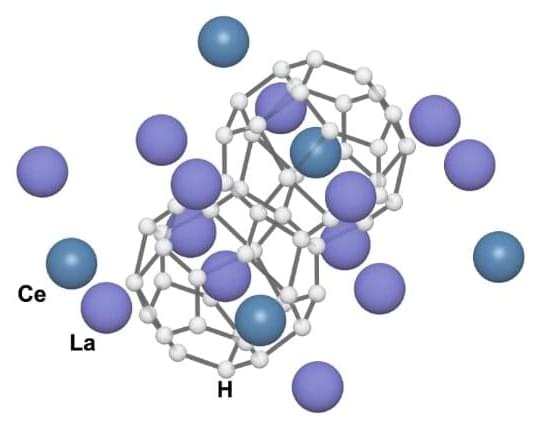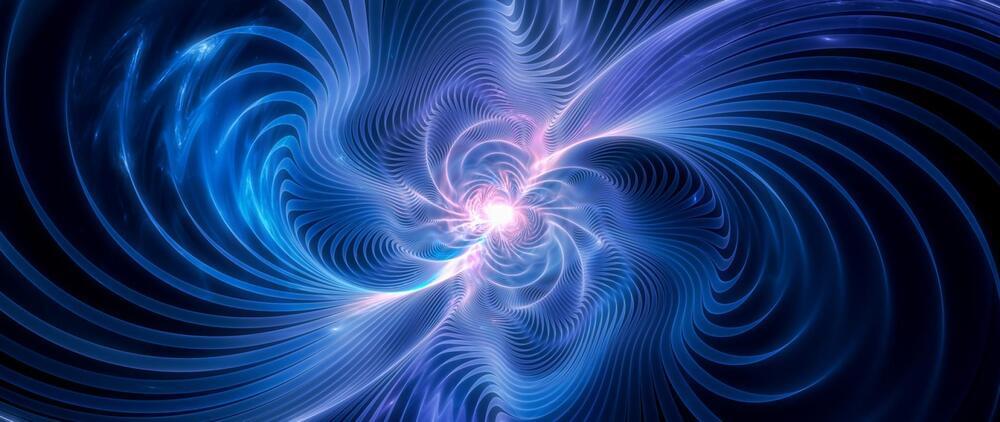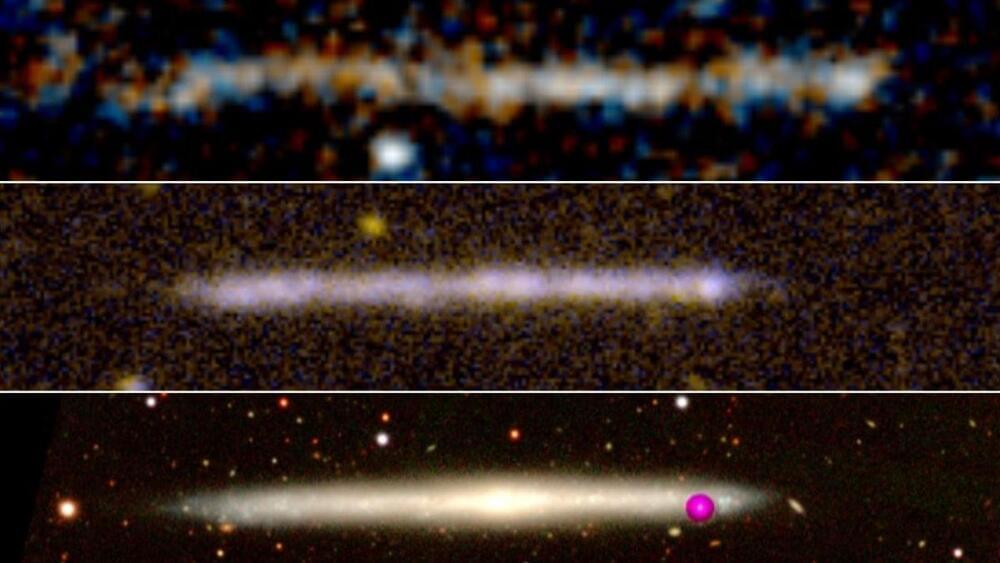PBS Member Stations rely on viewers like you. To support your local station, go to: http://to.pbs.org/DonateSPACE
Sign Up on Patreon to get access to the Space Time Discord!
https://www.patreon.com/pbsspacetime.
Whenever we open a new window on the universe, we discover things that no one expected. Our newfound ability to measure ripples in the fabric of spacetime—gravitational waves—is a very new window, and so far we’ve seen a lot of wild stuff. We’ve observed black holes colliding, and their oddly high masses challenges our understanding of black hole formation and growth. We’ve seen colliding neutron stars that have forced us to rewrite our ideas of how many of the elements of the periodic table get made. But what else might be hiding in the ripples’ of spacetime? Oh, I know: how about the gravitational wakes caused by planet-sized alien spacecraft accelerating to near light speed.
Episode Companion Playlist:
Check out the Space Time Merch Store.
https://www.pbsspacetime.com/shop.
Sign up for the mailing list to get episode notifications and hear special announcements!
